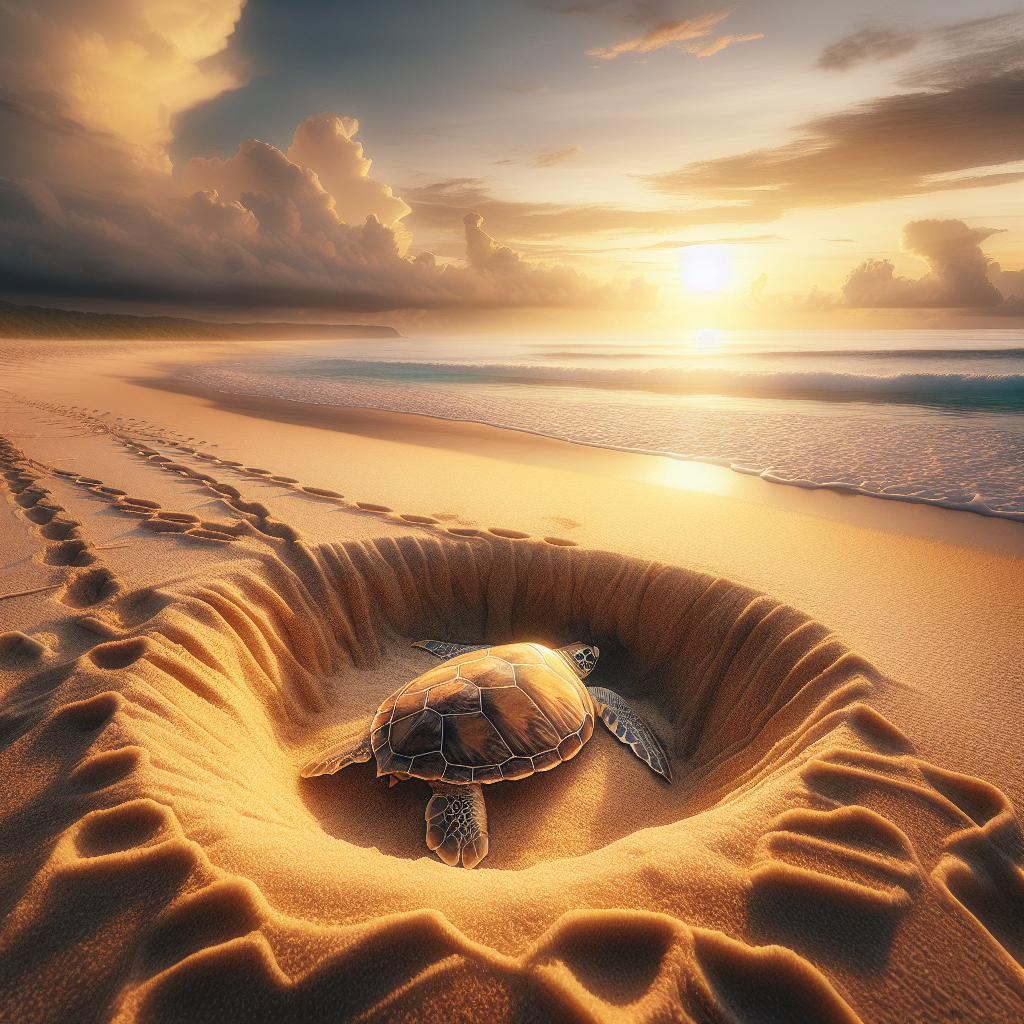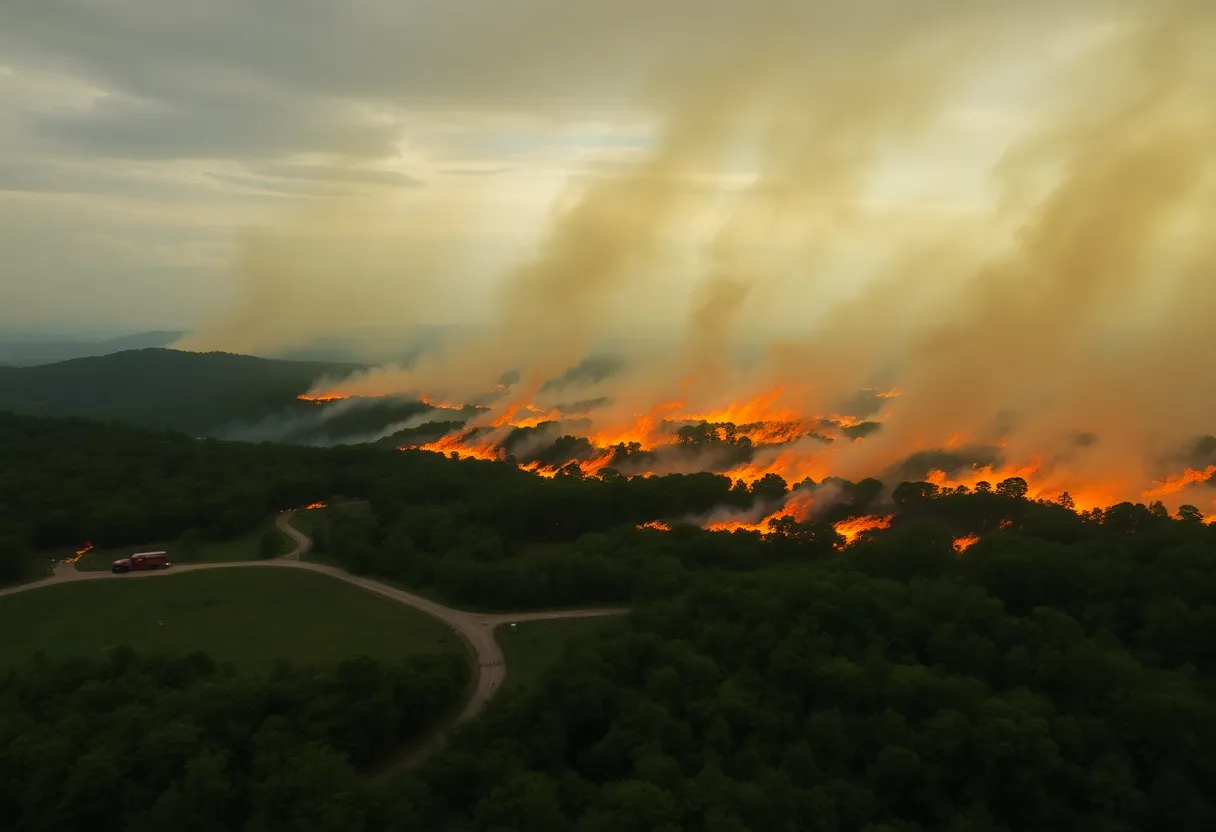Sea Turtle Nesting Season in Full Swing Along Grand Strand
Myrtle Beach, located in the thriving heart of South Carolina, is undergoing a natural spectacle as the peak season for sea turtle nesting takes hold along the famous Grand Strand. However, according to reliable sources, the nesting season might not be going as expected. It appears there are fewer nests recorded than in the past years. Two nests – one freshly prepared on Monday night – have been documented at Myrtle Beach State Park, contributing to just 57 nests currently recorded in Horry County, adding to a statewide tally of 4,700 so far this year.
Nesting Numbers and Nature’s Influence
While the numbers might be lower than anticipated, wildlife specialists are not overly concerned. “This is a low number but not alarming,” states Park Ranger Ann Wilson. Another factor complicating the nesting process is the coinciding hurricane season. As storms like Debby pass through the Carolinas, the resulting storm surge can have a significant impact on the nesting sites, affecting the dynamics of this natural event.
Impact of Storm Surges on Nesting grounds
“It’s going to be very different depending on where you were on the coast, how much rain you had, how much storm surge you had, how many nests you have, the type of beach, etc.,” explains Wilson. The local nesting grounds’ reaction to the passing storm Debby is still being determined. But one aspect deemed a major influencer on the eggs’ rate of incubation is temperature. According to Wilson, hot, dry conditions would typically speed up the process, whilst cooler, rainy conditions may slow it down.
Ensuring a Safe Passage for Hatchlings
On a positive note, a recent emergence has uncovered a nest presumed to contain 113 eggs. A follow-up inventory is scheduled to verify this. Turtle eggs usually hatch after an incubation period ranging between 50 to 60 days. During this critical time, it is essential to provide hatchlings a secure passage to the ocean. As a natural instinct, hatchlings will strive to reach the nearest light source; however, human-generated light can be misleading.
Human Interventions to Safeguard Turtles
From turning off lights near the beach to preserving the integrity of sand dunes – the preferred nesting sites for turtles – every measure counts. Picking up trash and filling holes on the beach are additional actions that are strongly encouraged. “Everyone can help out,” promotes Wilson, highlighting the importance of preserving this spectacle of nature.
As we observe the remainder of the turtle nesting season, which typically runs from May through October with a peak between June and August, curiosity is high as to what the final count will be at the end of the season. For now, we continue to remain hopeful and do our part in ensuring a successful nesting process for these remarkable creatures.
Copyright 2024 HERE News Network. All rights reserved. This material may not be published, broadcast, rewritten, or redistributed.







